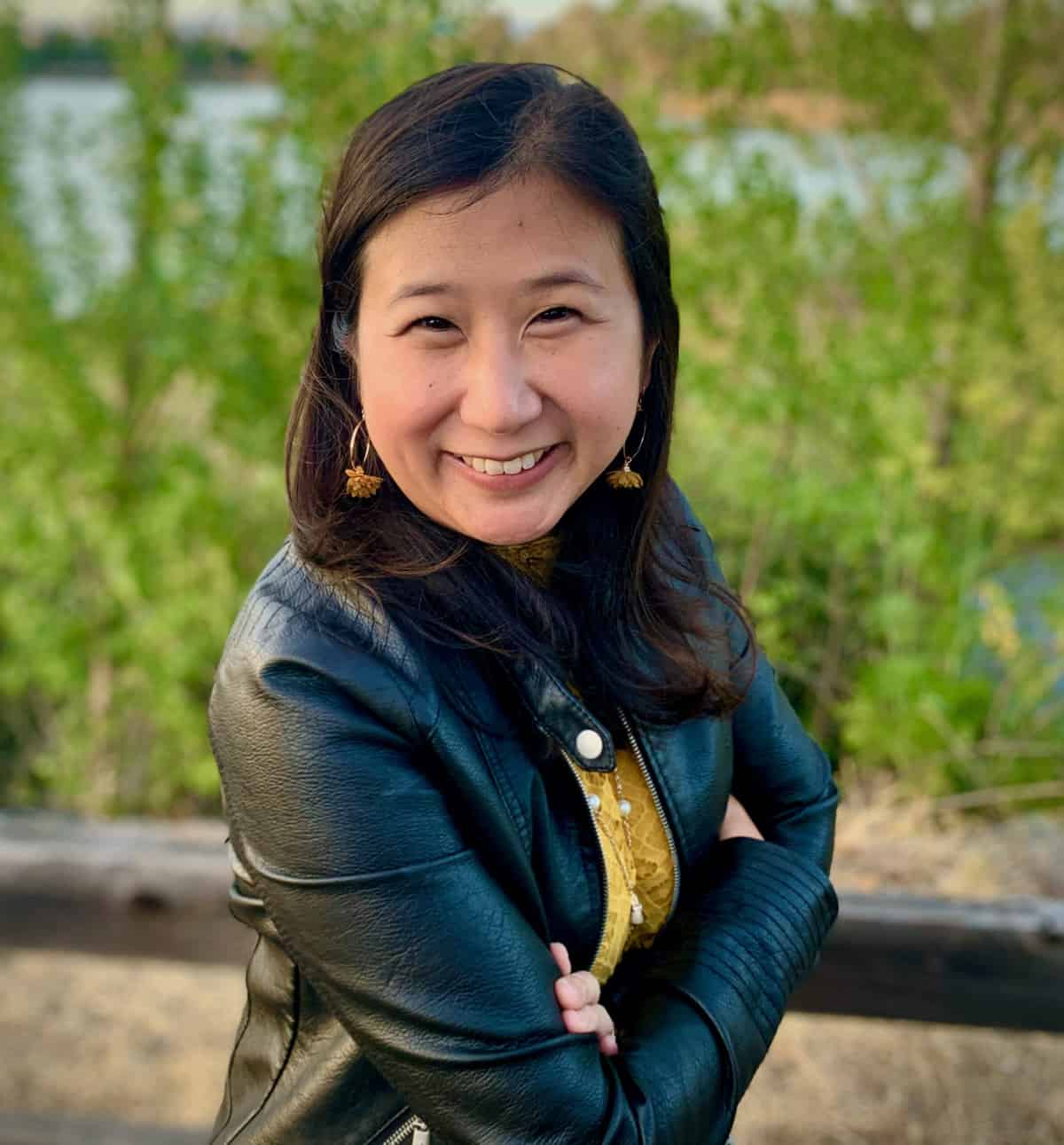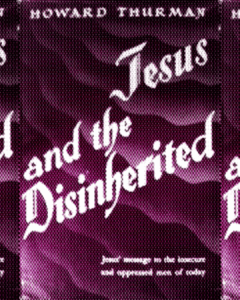“The real warriors in this world are the ones that see the details of another’s soul.”
~Shannon L. Alder
In the Indo-European cultures of old, there were generally two types of leaders: warrior kings and priestly advisers. The warrior kings, as you might expect, preferred aggression and quick, decisive action. They prioritized freedom and expansion and fame. Warrior kings almost always wanted more—more resources, more land, more people, more control—without necessarily considering the long-term consequences of their desires. (1)
But societies didn’t survive long if led only by warrior kings; communities also needed thoughtful, compassionate, creative, and wise priestly advisers. Priestly advisers would observe, listen, consider, gather, plan, and generate. They provided an important check on and counterbalance to the warrior kings, encouraging inclusionary decision-making and thoughtful action. Throughout history, when both of these archetypal styles of leadership were present, societies were more balanced, healthy, and inclusive.
In today’s world, the highly sensitive person operates much like the ancient priestly advisers, explains Dr. Elaine Aron in her book The Highly Sensitive Person. In every generation, humanity has needed people who consistently point to the North Star, lean heavily on wisdom, and empower the entire community to flourish. “You,” Aron writes, addressing her highly sensitive readers, “were born to be among the advisors and thinkers, the spiritual and moral leaders of your society.” (2)
Sensitive people can fill this role because we are intuitive and meticulous, seeing and recognizing things that most others don’t. We understand people well and often can see both sides of an issue. We’re able to sense when a plan is problematic, when someone can’t be trusted, when unintended consequences will cause great harm. We take the necessary time to process and then process again, considering past events as well as future possibilities. We are often excellent students of history and careful architects of the future.
But we can also be overlooked. Many societies, particularly Western societies in North America and Europe, lavish praise on warrior-king types. In these societies, aggression and outspokenness are respected and rewarded in nearly every sphere of life: business, academics, politics, sports, religion, and more. Those who speak louder, faster, and more often are considered stronger leaders and more knowledgeable experts. (3) Our societies place trust in those who act with self-confidence and assertiveness. We don’t need to look any further than the ongoing popularity of authoritarian leaders like Vladimir Putin, Recep Erdogan, and Donald Trump in their respective countries to see this dynamic at play.
The world of social justice is no exception. Warrior-king personalities dominate public discourse and debate about social issues. The push toward social progress can, at times, feel like a combat field, as protesters and counter-protesters, police, and activists battle each other in the streets. Hackers, doxxers, trolls, and influencers exchange digital fire—causing real-life damage through verbal abuse, bullying, privacy compromises, and threats to livelihood and physical safety. Even those whose views are on the right side of history may choose to engage in hostile, combative tactics in hopes of forcing change.
This skewing toward animosity, mistrust, and pugnacity is only getting worse around the globe. Experts warn that we have entered what they call an “age of anger,” when shocking acts of mass violence, belligerent nationalism, hate groups, abuses of power, racism, sexism, xenophobia, homophobia, and more harm our communities and crowd our headlines and social media feeds on a regular basis. (4)
“The conflicts, not confined to fixed battlefields, feel endemic and uncontrollable. Hate-mongering against immigrants and minorities has gone mainstream; figures foaming at the mouth with loathing and malice are ubiquitous on old and new media alike,” writes Indian-British author and journalist Panjak Mithra. He says the vast majority of people today feel entitled to their own individual freedom and prosperity, without regard for the damage this may cause to others. (5)
In concert with this trend, or perhaps in response to it, anger has become a key fuel for social justice movements and organizations. Yes, there is much to be angry about, and rightly so. Anger can be a powerful emotion spurring us to alter our behaviors or take action. In a study of anger in social activism, based on in-depth interviews with current and former employees of Amnesty International, one participant explained, “Anger is why we’re all here, it’s why we all chose to work in an NGO rather than somewhere else . . . anger at injustice . . . and even anger that we live the life we live.” (6)
Anger gets things done. But warrior anger without priestly counsel can be a stunningly blunt instrument, often uncontrolled and causing plenty of collateral damage. When we are angry at the systems and structures, laws and precedents that perpetuate inequities and injustice, it becomes too easy to direct that anger toward individuals and groups we consider to be “on the other side.” We may even turn our anger on allies who we see as failing to do what they should or direct anger toward ourselves for not doing more.
In fighting for what we consider to be right, we can too easily lose sight of what is good. In our desire to advocate for what is just, we may inadvertently disregard what is loving.
While anger has grown in our societies, empathy is on the decline. One study of American college students over three decades compared their responses to statements measuring empathy, such as “I often have tender, concerned feelings for people less fortunate than me.” (7) From 1979 to 2009, the level of empathic concern declined by an alarming 48 percent, with the steepest rate of decline coming after 2000. Now, the average college student feels less empathy than three-quarters of college students surveyed in 1979. Researchers are still trying to determine the causes of this sharp downturn; among the possibilities are the rise of digital relationships and interactions, increased social isolation, and greater pressure on young people to achieve. (8) What remains clear is that “empathy seems to be endangered,” neuroscientist Jamil Zaki of Stanford University claims. (9)
With less empathy, we are far more prone to regard people as the other, the different, or the enemy—something we see happening across the political spectrum. Conservatives accuse progressives of being too coddling, dependent, elitist, and politically correct. Progressives decry conservatives for being too ignorant, bigoted, privileged, and fragile. Anyone who has witnessed the last few American election cycles has seen the ugliness on full display. “We are sort of at the stage of polarization where there are more and more people who are seeking confrontation, where they are not simply satisfied with disagreeing with the other side or yelling at the other side, but they want to confront,” said Mark Pitcavage, historian and senior research fellow at the Anti-Defamation League’s Center on Extremism, in a Washington Post article. “We are not just a polarized society—we are increasingly a confrontational society now.” (10)
It’s clear that our current trajectory of animosity is not sustainable. Anger, conflict, and violence, even in the name of a sympathetic cause, inevitably beget more anger, conflict, and violence. Confrontation and aggression create more pain and grievances rather than the conversation and collaboration we need.
On an individual level, feeling perpetual anger increases our stress and anxiety, damaging our mental and physical health. (11) It strains our relationships. It pulls us toward more destructive behavior. There is a very real risk that anger running amok may cause great harm to ourselves, one another, and our planet.
Despite the ways societies revere the warrior king, relying on anger is actually not an effective strategy for social progress. We can see how this plays out in our efforts to influence the people around us. Humans are complex, stubborn creatures; our ideas and attitudes are determined by far more than reason. This has been proven over decades of social psychology research that consistently demonstrate the behaviors we rely on to protect ourselves and our beliefs. Confirmation bias, for example, is our tendency to cherry-pick only the information that supports what we already believe and disregard any information that challenges our beliefs. Myside bias, coined by cognitive scientists Hugo Mercier and Dan Sperber, refers to our ability to find weaknesses in someone else’s argument while remaining happily blind to shortcomings in our own position. (12) And the boomerang effect names a very real phenomenon that occurs when a message intended to positively influence fails to lead to change and can actually “backfire and cause an increase in the unhealthy or anti-social attitude or behavior targeted for change.” (13) Trying to debate, argue, bully, or shame someone into changing their minds or admitting their wrongs is like asking a blue whale to fly. It simply doesn’t work. When individuals on the other side of the argument have not been heard, understood, and respected, they are likely to walk away unchanged or even more entrenched in their beliefs and behaviors.
In a comprehensive study of 323 protest campaigns over the last century from around the world, Harvard University political scientist Erica Chenoweth discovered that nonviolent campaigns were twice as likely as violent campaigns to achieve their goals. Chenoweth and her colleague, Maria Stephen of the International Center of Nonviolent Conflict, focused primarily on attempts to bring about regime change from 1900 to 2006. They categorized movements as nonviolent only when they caused no known physical harm to people or property. Even with such a strict definition of what constituted nonviolent movements, they deduced that nonviolent campaigns had a 53 percent success rate, as compared to 26 percent for violent campaigns.
Chenoweth and Stephen also discovered that in order to secure major political change, at least 3.5 percent of the population must actively participate in protests. At this level of participation, everyday functions of society are so disrupted that change is necessitated. And this, in part, helps explain the success of nonviolent movements. They are more attractive and accessible to a larger proportion of the general population, which in turn increases the possibility that a campaign can reach the necessary participation rate for success. (14)
In big and small ways, the shortest path toward social progress is built on nonviolence, empathy, and inclusion. It is wide and welcoming, peaceful and loving. It seeks to see others, no matter where they stand on an issue, as fellow human beings first.
And who better to blaze those trails than those who embody these characteristics most fully—the sensitive and empathic, or the priestly advisers, among us?
Excerpted from Social Justice for the Sensitive Soul: How to Change the World in Quiet Ways by Dorcas Cheng-Tozun. ©2023. Reprinted here by kind permission of Broadleaf Books.
 Dorcas Cheng-Tozun is a writer and leader whose work with various nonprofits, social enterprises, and faith-based organizations has given her the opportunity to engage with a broad range of social issues toward solutions in the areas of homelessness, affordable housing, energy access, youth leadership, HIV/AIDS, and international development. She lives in the San Francisco Bay Area with her social entrepreneur husband and two young sons.
Dorcas Cheng-Tozun is a writer and leader whose work with various nonprofits, social enterprises, and faith-based organizations has given her the opportunity to engage with a broad range of social issues toward solutions in the areas of homelessness, affordable housing, energy access, youth leadership, HIV/AIDS, and international development. She lives in the San Francisco Bay Area with her social entrepreneur husband and two young sons.
Footnotes:
- Elaine N. Aron, The Highly Sensitive Person: How to Thrive When the World Over- whelms You (New York: Harmony, 2016), 18.
- Aron, Highly Sensitive Person, 20.
- Susan Cain, Quiet: The Power of Introverts in a World That Won’t Stop Talking (New York: Crown, 2012), 4–5.
- Pankaj Mishra, Age of Anger: A History of the Present (New York: Farrar, Straus and Giroux, 2017).
- Pankaj Mishra, “Welcome to the Age of Anger,” The Guardian, December 8, 2016, accessed November 17, 2021, https://www.theguardian.com/politics/2016/dec/08/welcome-age-anger-brexit-trump.
- Kathleen Rodgers, “‘Anger Is Why We’re All Here’: Mobilizing and Managing Emotions in a Professional Activist Organization,” Social Movement Studies 9, no. 3 (2010), 273–91.
- Katherine Ellison, “Five Things Worth Knowing about Empathy,” Washington Post, January 17, 2021, accessed November 20, 2021, https://www.wash ingtonpost.com/health/empathy-what-to-know/2021/01/15/b3c7665c -4ea4-11eb-bda4-615aaefd0555_story.html.
- Zurich Insurance Group, “Decline in Global Empathy Creates Global Risks in the ‘Age of Anger,’” April 8, 2019, accessed November 20, 2021, https:// www.zurich.com/en/knowledge/topics/global-risks/decline-human-em pathy-creates-global-risks-age-of-anger.
- Emma Sepälä, “Empathy Is on the Decline in This Country. A New Book Describes What We Can Do to Bring It Back,” Washington Post, June 11, 2019, accessed November 21, 2021, https://www.washingtonpost.com/life style/2019/06/11/empathy-is-decline-this-country-new-book-describes -what-we-can-do-bring-it-back/.
- Tim Craig, “U.S. Political Divide Becomes Increasingly Violent, Rattling Activists and Police,” Washington Post, August 27, 2020, accessed November 21, 2021, https://www.washingtonpost.com/national/protests-violence/2020 /08/27/3f232e66-e578-11ea-970a-64c73a1c2392_story.html.
- Michael O. Schroeder, “The Physical and Mental Toll of Being Angry All the Time,” U.S. News & World Report, October 26, 2017, accessed November 30, 2021, https://health.usnews.com/wellness/mind/articles/2017-10-26 /the-physical-and-mental-toll-of-being-angry-all-the-time.
- Elizabeth Kolbert, “Why Facts Don’t Change Our Minds,” New Yorker, February 27, 2017, accessed December 5, 2021, https://www.newyorker.com /magazine/2017/02/27/why-facts-dont-change-our-minds.
- Sahara Byrne and Philip Solomon Hart, “The Boomerang Effect: A Synthesis of Findings and a Preliminary Theoretical Framework,” Annals of the International Communication Association 33, no. 1 (2009), 3–37.
- David Robson, “The ‘3.5% Rule’: How a Small Minority Can Change the World,” BBC Future, May 13, 2019, accessed June 15, 2022, https://www .bbc.com/future/article/20190513-it-only-takes-35-of-people-to-change -the-world.


